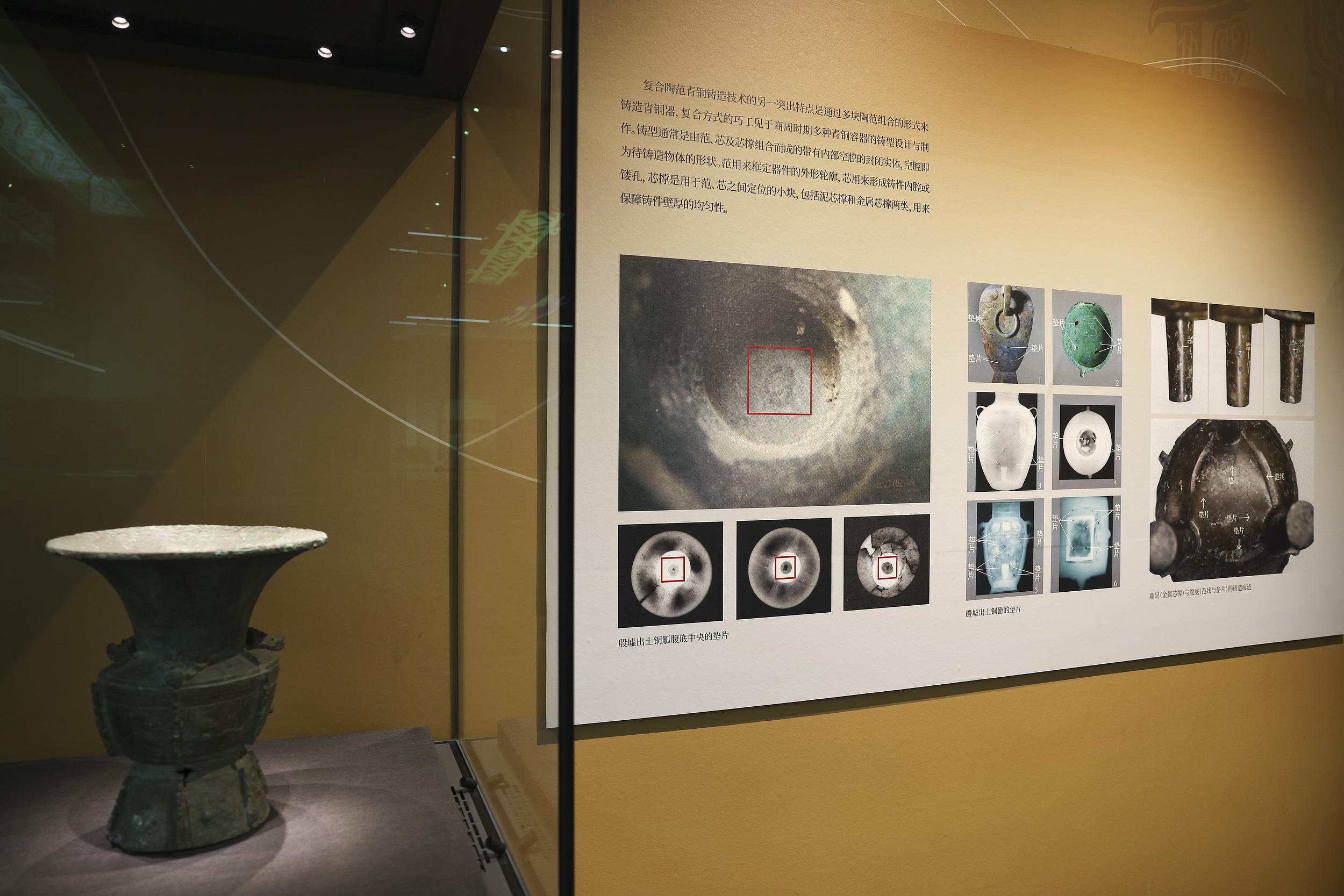Updated Archaeology Makes Past Meet Present

Recent archaeological discoveries across China are reshaping people's understanding of the nation's ancient history, leveraging cutting-edge scientific technology to uncover the roots of Chinese civilization. From human evolution to agricultural revolutions, these breakthroughs are shedding new light on China's extensive cultural and historical legacy.
The "Yunxian Man," a set of three skull fossils discovered in Shiyan city, Hubei province in central China, is a concrete evidence of human presence in China over a million years ago.
The latest among them, discovered in December 2022, is one of the most well-preserved ancient human remains ever found in Eurasia. The excavation team used advanced 3D modeling technology to reconstruct the faces of the trio, contributing valuable data to the study of human evolution and the development of early human societies.
Another groundbreaking discovery at the Shangshan site in Zhejiang province in east China validates China as the birthplace of rice cultivation. Archaeologists unearthed the oldest carbonized rice grains at the site, dating back approximately 10,000 years. This finding underscores the pivotal role of early Chinese societies in the agricultural revolution, which marked the beginning of civilization in the east.
The application of modern technology extends to many more fields. In Liangzhu, an ancient city site in Zhejiang, dating back over 5,000 years, researchers used remote sensing and Geographic Information Systems to uncover the remnants of an ancient water management system comprising dams, levees, ditches and canals. This discovery highlights the sophisticated urban planning and water management systems of the Liangzhu civilization, which built complex levees to protect the land from flooding.
These examples are part of China's ongoing "Origins of Chinese Civilization" project, which combines archaeology with disciplines like biology, chemistry and physics to explore the country's history. The integration of these technologies has revolutionized archaeological methods, improving precision and expanding the scope of historical inquiry.
These findings not only offer a window into the distant past but also reinforce the continuity of Chinese civilization, linking its ancient origins with its modern identity. The continued application of technological advancements illuminates the rich tapestry of China's history, offering new insights into the forces that have shaped its culture and society.






